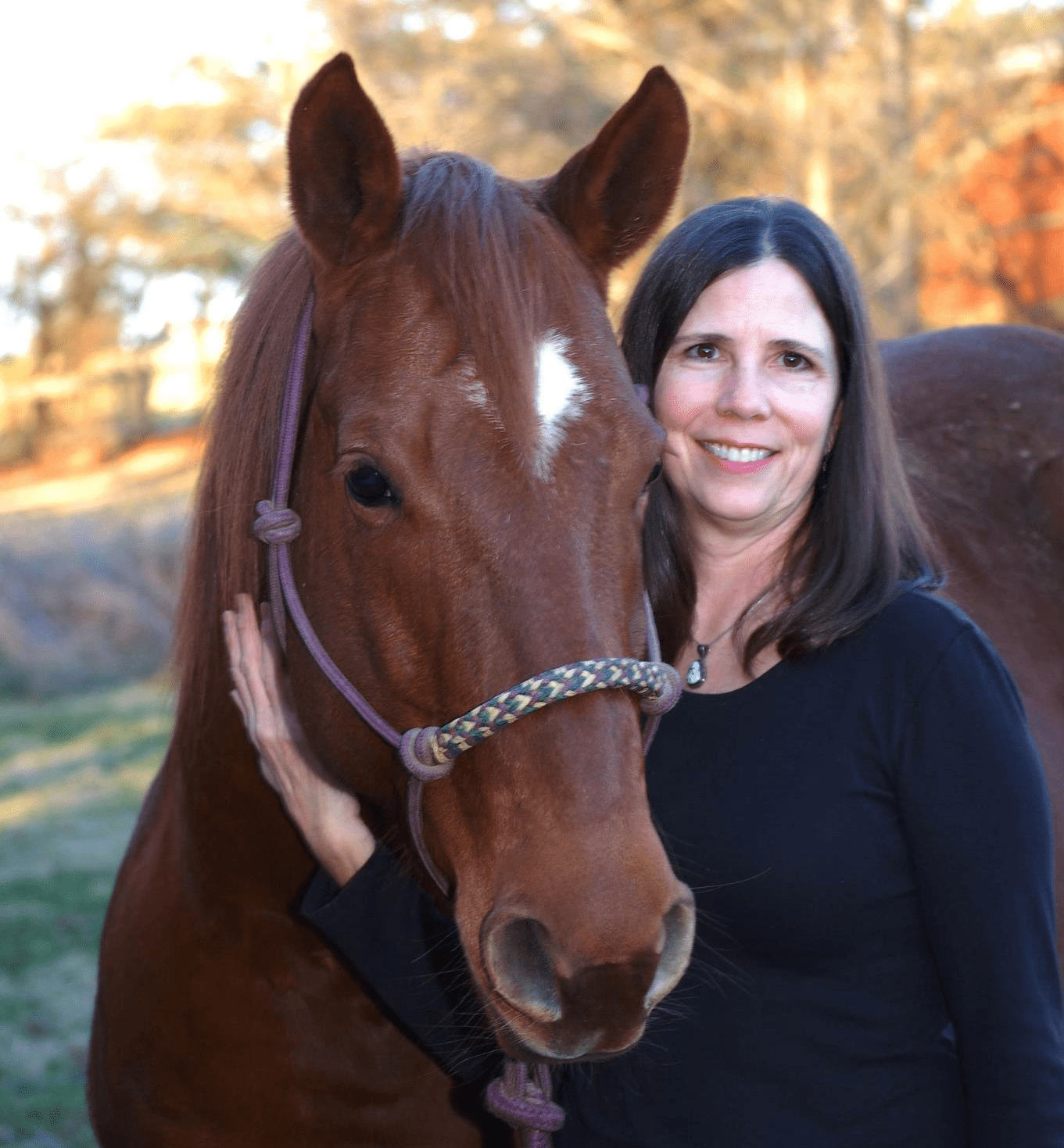AAEP 2005: How To Use Gas Distention in Equine Arthroscopy
While a horse owner might not care whether a veterinarian uses sterile fluid, gas, or both to distend an area for viewing during arthroscopic surgery, it might benefit you to understand how these new methods could provide your veterinarian with a clearer field of view when he/she is looking in a joint.
K. Josef Boening, DVM, Dipl. ECVS, of Germany described arthroscopic techniques using fluid and gas when performing arthroscopic surgery during the 2005 AAEP Convention. The positives for using gas are that it provides an excellent viewing field, there is no magnification as you get looking through fluid, there is no "white out" from protruding synovial villi floating in the fluid and obscuring the view, there is no "red out" from blood in the joint obscuring the view, there is less post-operative swelling, fragments don’t "float" away, and gas (CO2) is less expensive than sterile fluid.
Disadvantages are that evaluation of the synovial membrane is decreased, air bubbles can disturb sight (especially in smaller joints), some joints need pre-distension with fluid for initial penetration of the joint capsule.
He recommended extensive lavage at the end of arthroscopic surgery using gas distension to irrigate the joint
Create a free account with TheHorse.com to view this content.
TheHorse.com is home to thousands of free articles about horse health care. In order to access some of our exclusive free content, you must be signed into TheHorse.com.
Start your free account today!
Already have an account?
and continue reading.

Related Articles
Stay on top of the most recent Horse Health news with

















